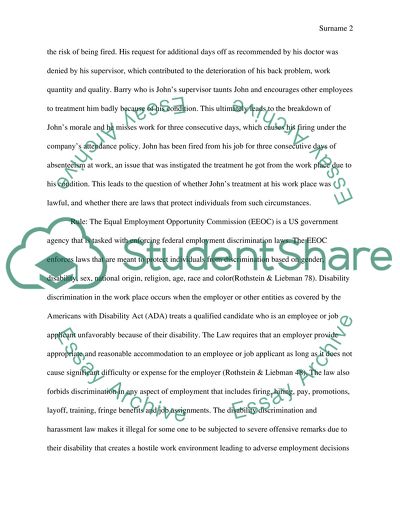Cite this document
(“Employment Law Essay Example | Topics and Well Written Essays - 1500 words - 2”, n.d.)
Retrieved from https://studentshare.org/law/1481238-writer-s-choice
Retrieved from https://studentshare.org/law/1481238-writer-s-choice
(Employment Law Essay Example | Topics and Well Written Essays - 1500 Words - 2)
https://studentshare.org/law/1481238-writer-s-choice.
https://studentshare.org/law/1481238-writer-s-choice.
“Employment Law Essay Example | Topics and Well Written Essays - 1500 Words - 2”, n.d. https://studentshare.org/law/1481238-writer-s-choice.


